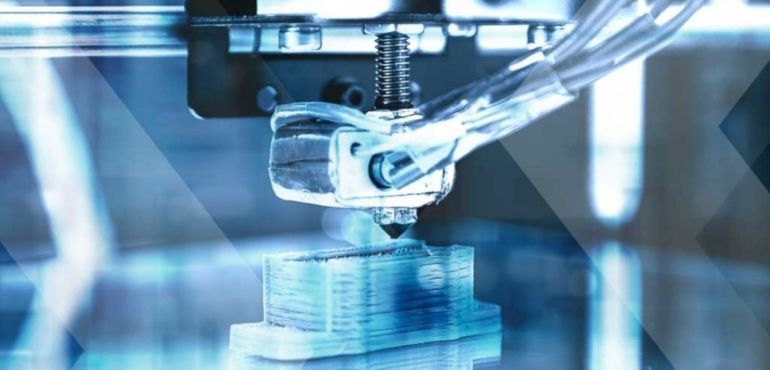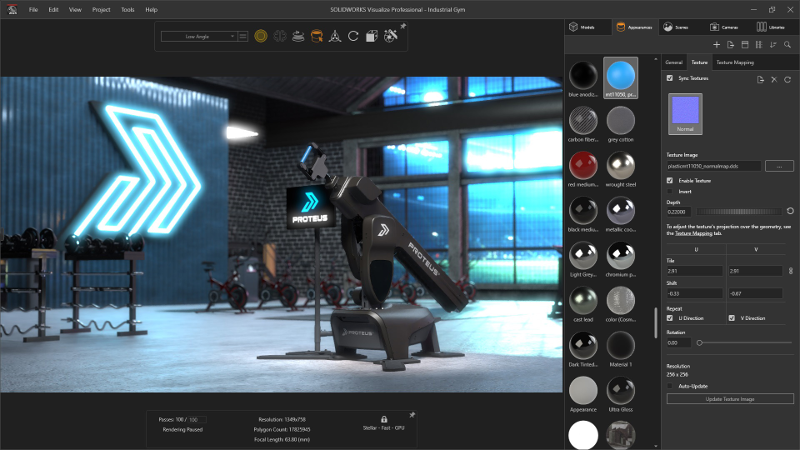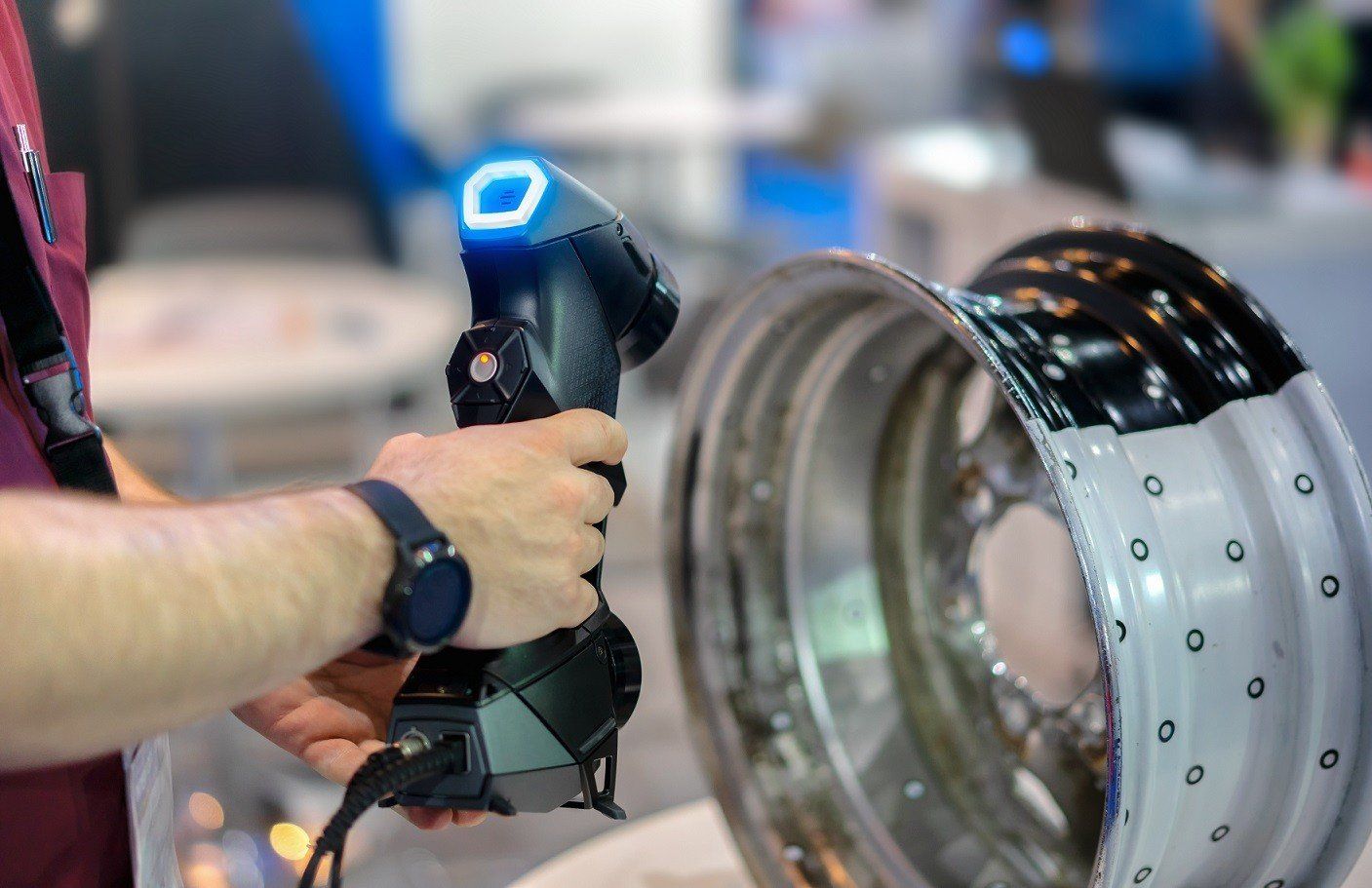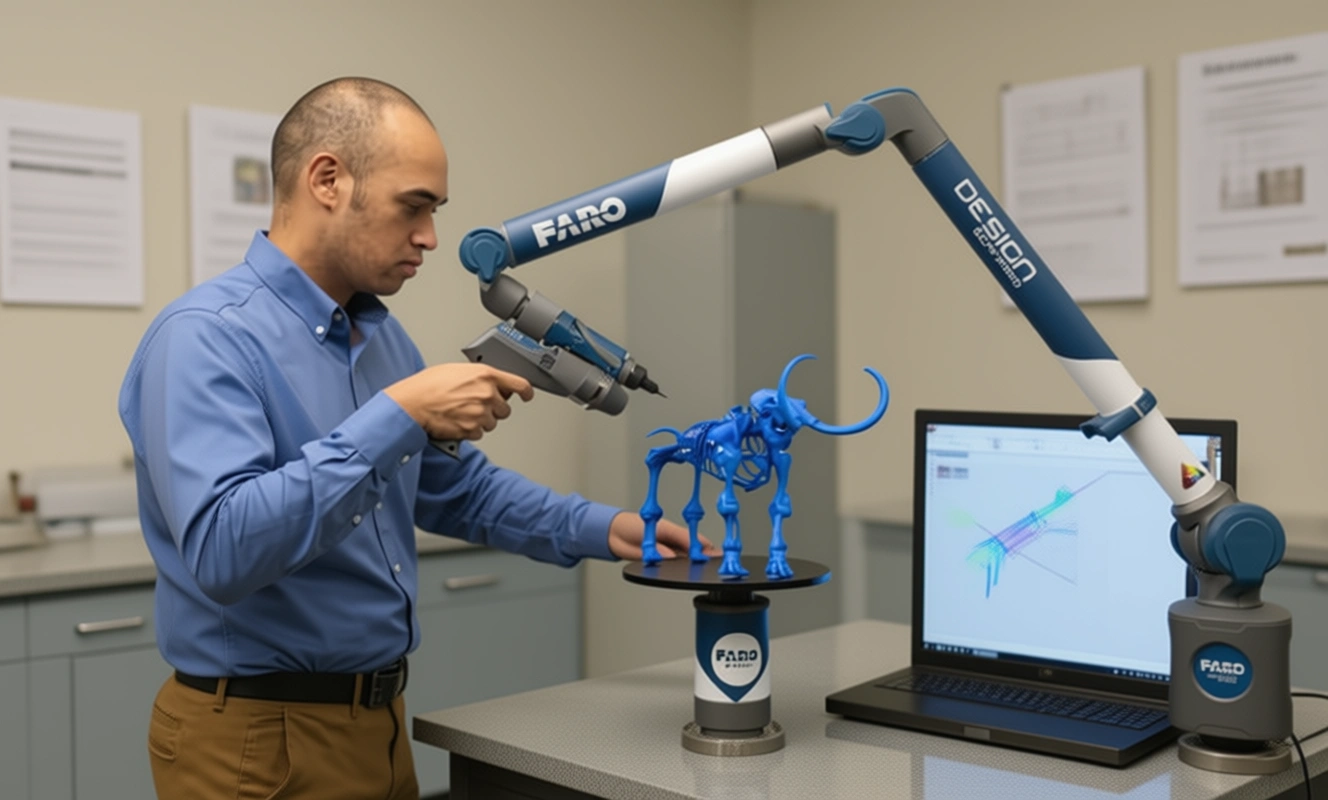Reverse Engineering in Additive 3D Printing
Reverse Engineering in Additive 3D Printing
We are experiencing a new industrial revolution driven by digitization with professional 3D scanners and additive manufacturing (or 3D printing) through industrial 3D printers. A vital aspect for this pivot and march towards the fourth industrial revolution is that of reverse engineering.
We use reverse engineering to obtain the required specifications so that replacement parts that are difficult to obtain, for example, old discontinued parts, can be reproduced using 3D printing. Reverse engineering is also beneficial when you need to improve an existing object but don’t have its digital model. In this case, it allows us to scan the object and make design changes in the process, resulting in significant time savings.

If you don’t have a CAD model of a final piece, how can you get it? Digitization is the solution. A 3D scanner allows that piece to be captured in a computer file. Once this digitization is completed, we can manufacture, modify, or redesign it. It also allows us, in the same way, to use a professional 3D printer for subsequent additive manufacturing. Using this process, we will save manufacturing costs and production times.
For the best 3D scan, we measure your model with the correct precision to capture the details necessary for proper replication. We use the best 3D scanning technologies to create a three-dimensional model ready for 3D printing.

At Mako GmbH, we use state of the latest Reverse Engineering software and tools in additive 3D printing. From a CAD file, we can print the part to test the modifications and improvements that may have been made.
Thanks to these techniques, we can reduce errors, optimize manufacturing processes, and recover surfaces for which we do not have data and test them. Contact us to take advantage of our experience and let our team of application engineers carry out reverse-engineered additives 3D printing for your project.









There are no comments